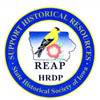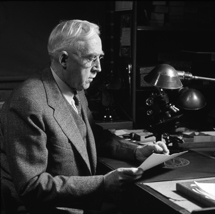This web exhibit is funded by a grant from the State Historical Society of Iowa REAP/HRDP program as part of the UI Paleontology Repository's project: "Preserving 150 years of Iowa's fossil collecting heritage"
Exhibit research and design by UI Museum Studies student Diana Henry, Summer 2010.
Please direct enquiries about this website to Tiffany Adrain, UI Paleontology Repository Collections Manager.
Quotes are taken from Nutting C.C. 1924. "Fiji-New Zealand Expedition: narrative and preliminary report of a scientific
expedition from the University of Iowa to the South Seas" unless otherwise stated.
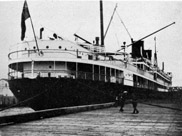 |
University of Iowa 1922 Fiji-New Zealand Expedition |
|---|
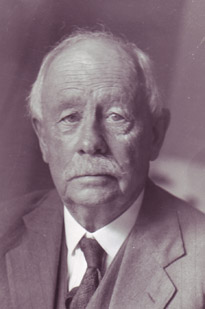
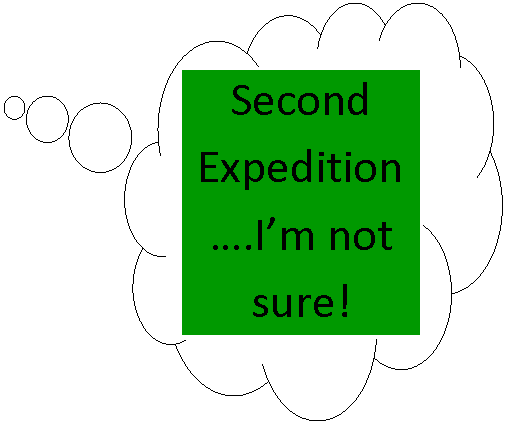
Once the Antigua-Barbados journey was completed, Professor C.C. Nutting was not interested in pursuing another adventure. The burden of that trip, during war time, had presented a heavy responsibility for the person in charge of the trip - and he was it. In January of 1921 he received a letter from T.E. Fell, former Acting Governor of Barbados during that expedition. Fell, who was very helpful on the first expedition, was now Colonial Secretary of Fiji. His letter described the island as a wonderful resource for gathering further scientific specimens of plants, animals, and insects, and examining unique topography. Yet, Nutting was not stirred enough to try another trip. However, in autumn of that same year, a reporter published information about the invitation to the Fiji. Suddenly, he got a message from two members who went on the earlier trip that they wanted to be a part of the second expedition and suggesting that he once again take the lead.
Dr. Robert B. Wylie
Nutting felt he couldn't let down such colleagues as Professor A.O. Thomas and Dr. Dayton Stoner. So he contacted Dr. Robert B. Wylie, professor of botany. He requested that Wylie come up with a convincing argument about how his department would benefit from such a trip. Well, Wylie took the "bull by the horn" so to speak and cited the following advantages:
- Botany would share in the general stimulus to the scientific work of the University that such a trip should bring about.
- An enlarged departmental outlook.
- Illustrative material, preserved and dried, sufficient to serve classes through a score of years, with permanent additions to the herbarium and museum.
- Living plants. Seeds, bulbs, and smaller living plants could be secured for growth in the Botany Plant Houses.
- Plants peculiarly fitted for experimental work in physiology, ecology, and genetics might be found.
- Research material from a region rich in representatives of all the great plant groups and also unusual combinations in plant associations.
- Since the limits of good land have been reached in the northern hemisphere, the world look increasingly to the south for fiber, food, fruit and other economic plant products. Botany students would gain a background for probable future developments and have the opportunity to have first-hand information from these fields.
- Photographs of plants, plant-formations, forests, and general scenery.
Wylie also contacted Houghton, Mifflin & Co., because they had published a picture book about New Zealand. He was thrilled with the photos and wanted advice on the type of camera, lens, and other photographic media to purchase that would produce the same results. In addition, he wrote to Dr. Visher at the University of Indiana, who had recently returned from Fiji, about titles of publications on the island's flora, availability of acquiring film, facilities for developing film, and probable cost and efficiency of local help in collecting and caring for plants.
However, at this point Professor Nutting had not fully committed himself. Although, he was leaning closer towards it...
Next Page
